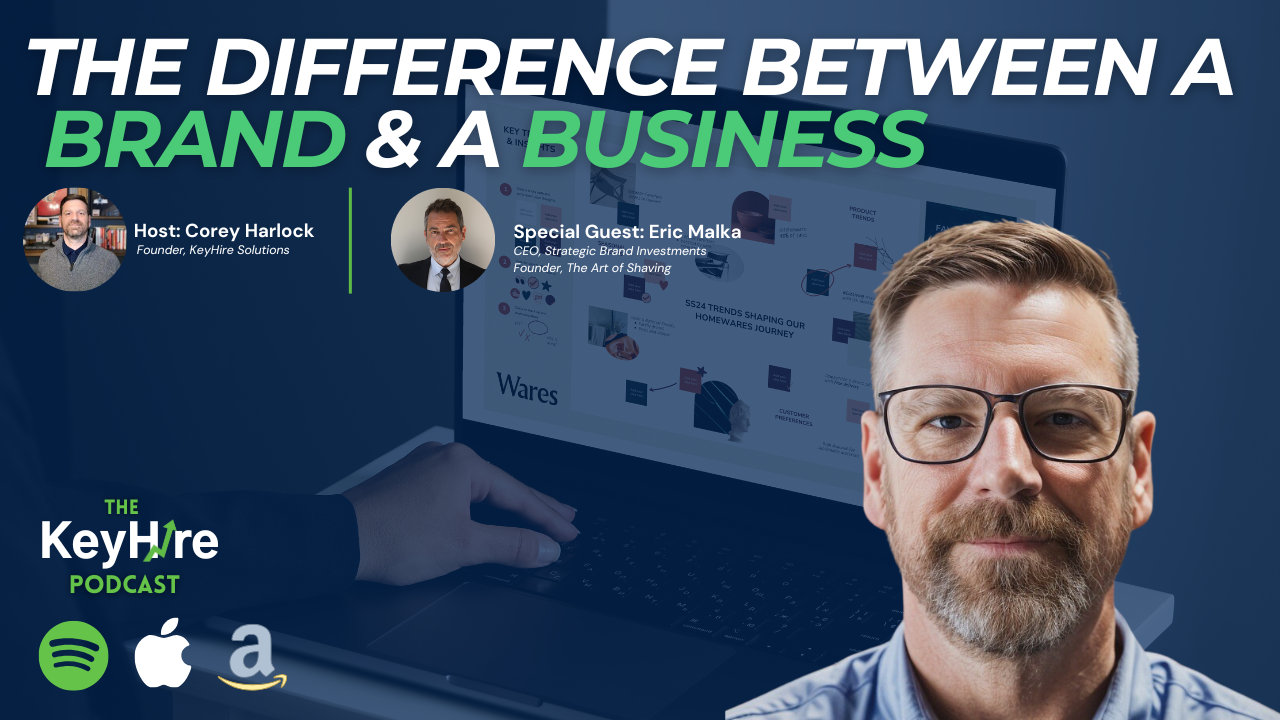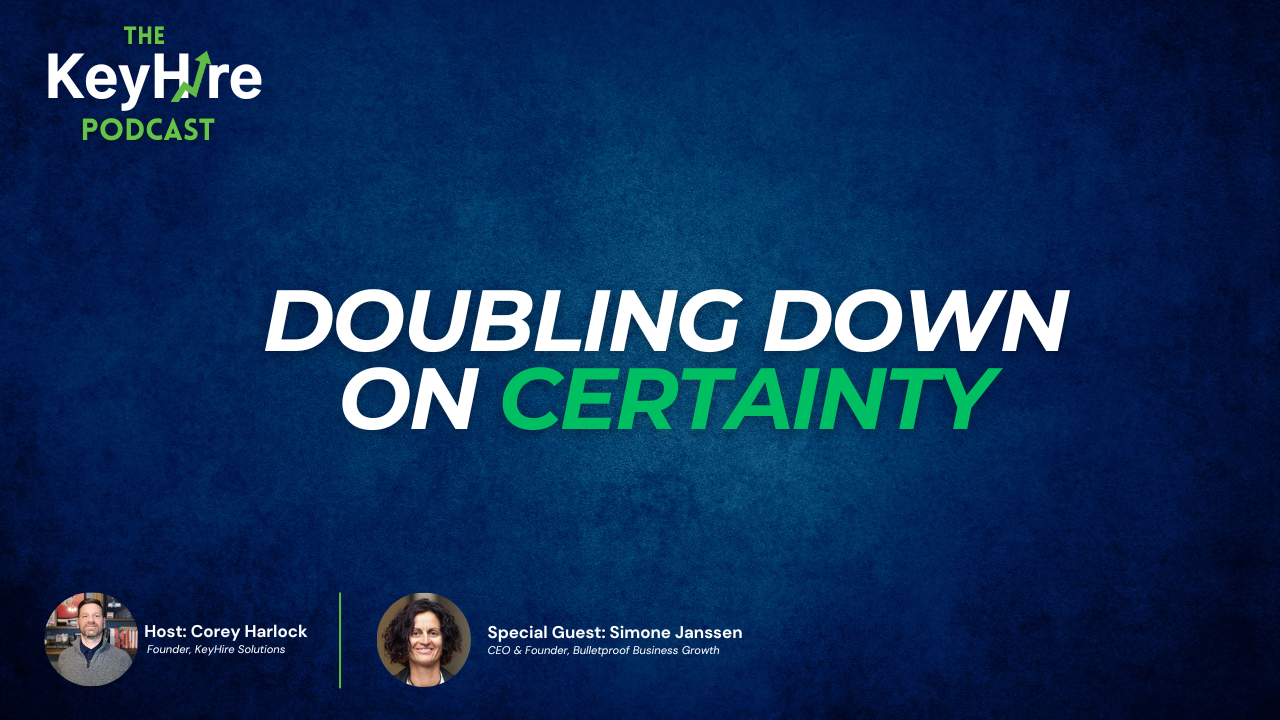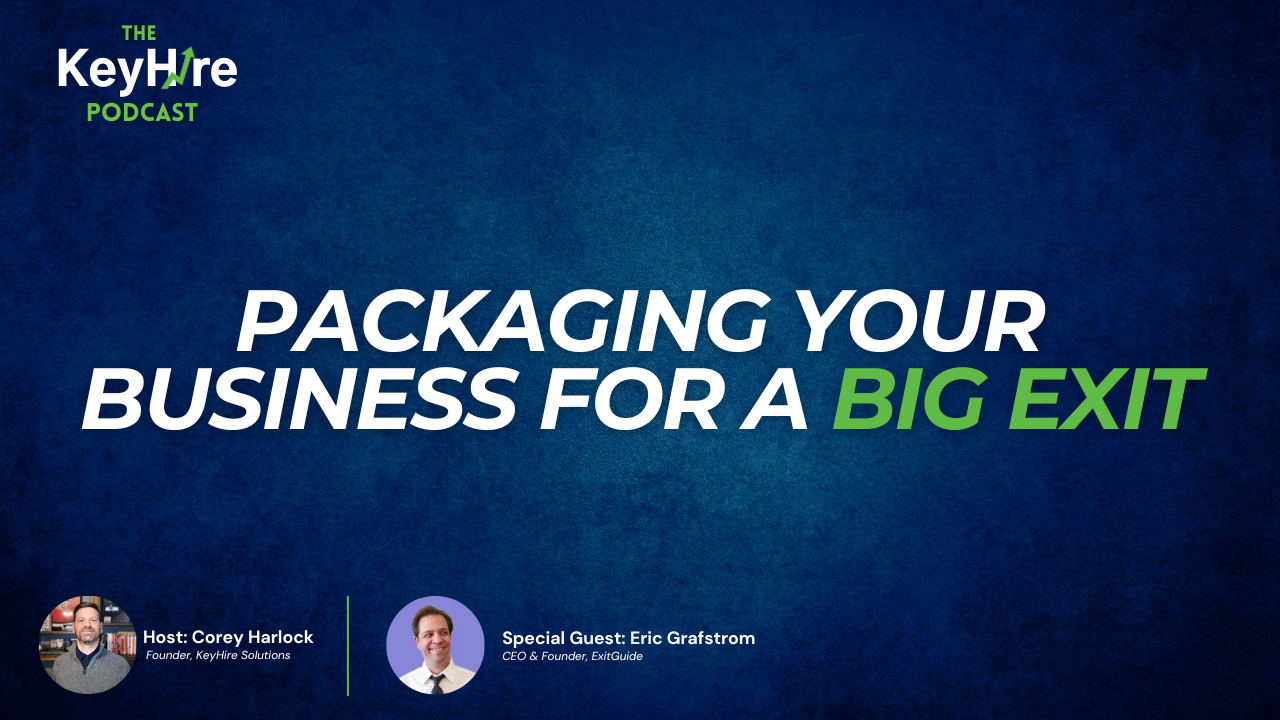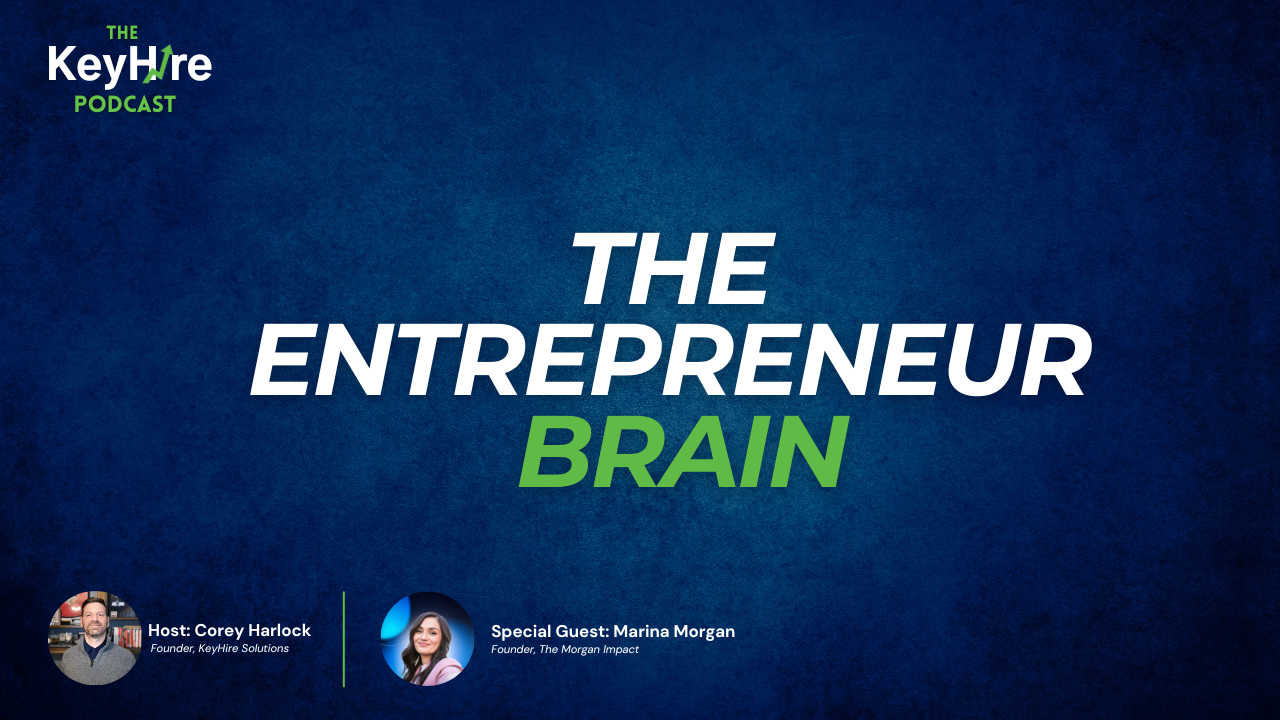Small Business Marketing: How to Create a Brand vs a Business

In the competitive landscape of small business marketing, there's a critical distinction that many entrepreneurs overlook: the difference between building a business and creating a brand. While all brands are businesses, not all businesses evolve into brands. Understanding this distinction can be the difference between merely surviving and truly thriving in today's marketplace.
Scaling a Small Business: Using Brand Building for a Strategic Growth Advantage
When scaling a small business, owners often focus primarily on operational efficiency, product development, and sales metrics. However, Eric Malka, founder of The Art of Shaving (which was acquired by Procter & Gamble) and author of "On the Razor's Edge," suggests a different approach:
"A business's only reason for existing is to generate profits for shareholders. A brand's reason for existing is to change the world."
This perspective shifts the focus from internal operations to external relationships. While businesses concentrate on transactional elements like pricing, delivery times, and product features, brands foster emotional connections with consumers. These connections transcend practical considerations and tap into aspirational values.
For small business owners seeking to scale, developing a strong brand identity becomes a strategic advantage. Brands command higher multiples during acquisitions, enjoy greater customer loyalty, and can weather market fluctuations more effectively than mere businesses.
Small Business Lessons: The Journey from Business to Brand
The transformation from business to brand doesn't happen overnight. Malka describes it as a journey with distinct phases: crawl, walk, run, fly. Each phase requires different focuses and capabilities.
One of the most valuable small business lessons from Malka's experience is understanding your current phase and operating accordingly:
"If you're feeling way too much stress, you're going faster than you should... There's an appropriate speed for where you are in your journey. And stress is a really important element of your gut feeling."
Many entrepreneurs try to scale prematurely, leading to overwhelming stress and potential failure. Instead, Malka advocates for intentional growth, building strong foundations before attempting rapid expansion.
Key Phases in Brand Development:
- Crawl (Foundation): Focus on product quality and initial customer relationships
- Walk (Refinement): Develop consistent messaging and identity
- Run (Process Building): Establish scalable processes and build your leadership team
- Fly (Scaling): Accelerate growth with significant investment
For small business marketing strategies to be effective, they must align with your current phase. Attempting to implement scaling tactics during the foundation phase is likely to produce disappointing results and unnecessary stress.
Entrepreneurs: Common Mistakes in Brand Building
Many entrepreneurs make critical mistakes that prevent their businesses from evolving into valuable brands. Understanding these pitfalls is essential for small business marketing success.
Mistake #1: Thinking You're Too Small for Branding
One common misconception is that branding is only relevant for larger companies. Malka strongly disagrees:
"Branding starts day zero. You're a brand day zero. You just haven't achieved the potential of that brand that's in your mind."
Even the smallest business needs a clear identity, purpose, and value proposition that extends beyond its products or services. The earlier you begin developing these elements, the stronger your foundation for future growth.
Mistake #2: Growing Too Quickly
In today's startup culture, there's immense pressure to grow rapidly. However, this approach can be devastating for brand development. Rushing to scale before establishing your brand's core elements—such as product excellence, organizational capabilities, and distribution channels—often leads to failure.
Malka notes that it took The Art of Shaving nine years to reach $10 million in revenue and another nine years to reach $100 million. This patient approach allowed them to build a brand that ultimately sold for $60 million despite operating at a loss at the time of acquisition.
For entrepreneurs focused on small business marketing, this patience is crucial. Building brand equity takes time but yields exponentially greater returns than simply growing sales numbers.
Mistake #3: Focusing on Revenue Over Cash Flow and Profitability
Many entrepreneurs become fixated on top-line growth at the expense of sustainability. Malka advises a different priority order:
- Cash flow
- Profitability
- Revenue growth
This approach ensures the business remains viable throughout the brand-building journey. It also reduces stress on entrepreneurs, enabling them to make more informed strategic decisions rather than constantly responding to crises.
The Brand Building Process for Small Business Marketing
Creating a brand rather than just a business requires intentional strategy and execution. Here's how entrepreneurs can approach this process:
1. Define Your Brand's Purpose Beyond Profit
What change does your brand seek to create in the world? How does it improve customers' lives beyond the functional benefits of your products? The Art of Shaving didn't just sell grooming products; they discovered they "owned the ritual of shaving"—a deeply personal masculine experience.
2. Create Emotional Connections
Successful brands forge emotional bonds with consumers. As Malka explains, "The highest form of adoption of a brand from a consumer is they steal the identity of the brand." Consider how Apple users proudly display their devices or how Nike wearers identify with the brand's values. These connections transcend product features.
3. Become a Category Leader
Scaling a small business into a brand often involves becoming a dominant player in a specific niche. Rather than competing in broad markets, focus on owning a category—even if it's one you help define. The Art of Shaving didn't invent men's grooming but executed it in a way that "struck a chord" and aligned with emerging cultural trends.
4. Perfect Your Brand "Combination"
Malka describes brand building as unlocking a combination safe. Every element must work in perfect synergy:
- Brand positioning
- Distribution channels
- Packaging
- Messaging
- Formulation/product quality
- Pricing
- Environment/customer experience
When all these elements align correctly, the brand "unlocks" in consumers' minds.
5. Build a Team That Can Scale
As your business transitions from the "run" to "fly" phase of scaling, having the right leadership team becomes critical. Before seeking significant investment to accelerate growth, ensure you have capable leadership across all key functions.
The Value Proposition of Brand Building
For entrepreneurs weighing the effort required in brand building against simply operating a profitable business, Malka offers this perspective: when he sold The Art of Shaving for $60 million, the company was losing approximately $500,000 monthly. The acquisition wasn't based on current profitability but on brand value—95% of the purchase price was for goodwill and intellectual property.
This demonstrates the ultimate value proposition of brand building in small business marketing. While building a brand requires more time and strategic thinking than building a profitable business, the potential returns are exponentially higher.
Final Thoughts for Small Business Owners
Small business marketing that focuses on brand building rather than merely increasing sales creates long-term value that transcends current revenue numbers. By understanding the differences between businesses and brands, entrepreneurs can make strategic decisions that position them for greater success.
The journey requires patience, intentionality, and a willingness to resist the pressure for premature scaling. As Malka advises, "Any speed you lack in the first couple of years, you'll make up tenfold later on."
By following these small business lessons and applying these principles to your entrepreneurial journey, you can transform your business into a brand that resonates with consumers, stands apart from competitors, and ultimately commands premium value in the marketplace.
Key Takeaways:
- Building a brand requires a different mindset than building a business. Focus on emotional connections and category leadership rather than just operational efficiency.
- Small business marketing should align with your current phase of development (crawl, walk, run, fly), with appropriate strategies for each stage.
- The most successful entrepreneurs resist premature scaling, prioritize cash flow over revenue growth, and build strong foundations before accelerating growth.
Want to learn more? Listen to this episode of The Key Hire Small Business Podcast featuring Eric Malka.
Learn more about Eric: https://www.strategicbrandinvestments.com
Read On The Razor's Edge: https://www.amazon.com/Razors-Edge-Story-Art-Shaving/dp/B0D6HRR1JX
Check out our sponsors
Career Spring, Careers launch here: https://careerspring.org/
KeyHire Solutions, Be Our Next Success Story: https://www.keyhire.solutions/testimonials
Connect With Us:











